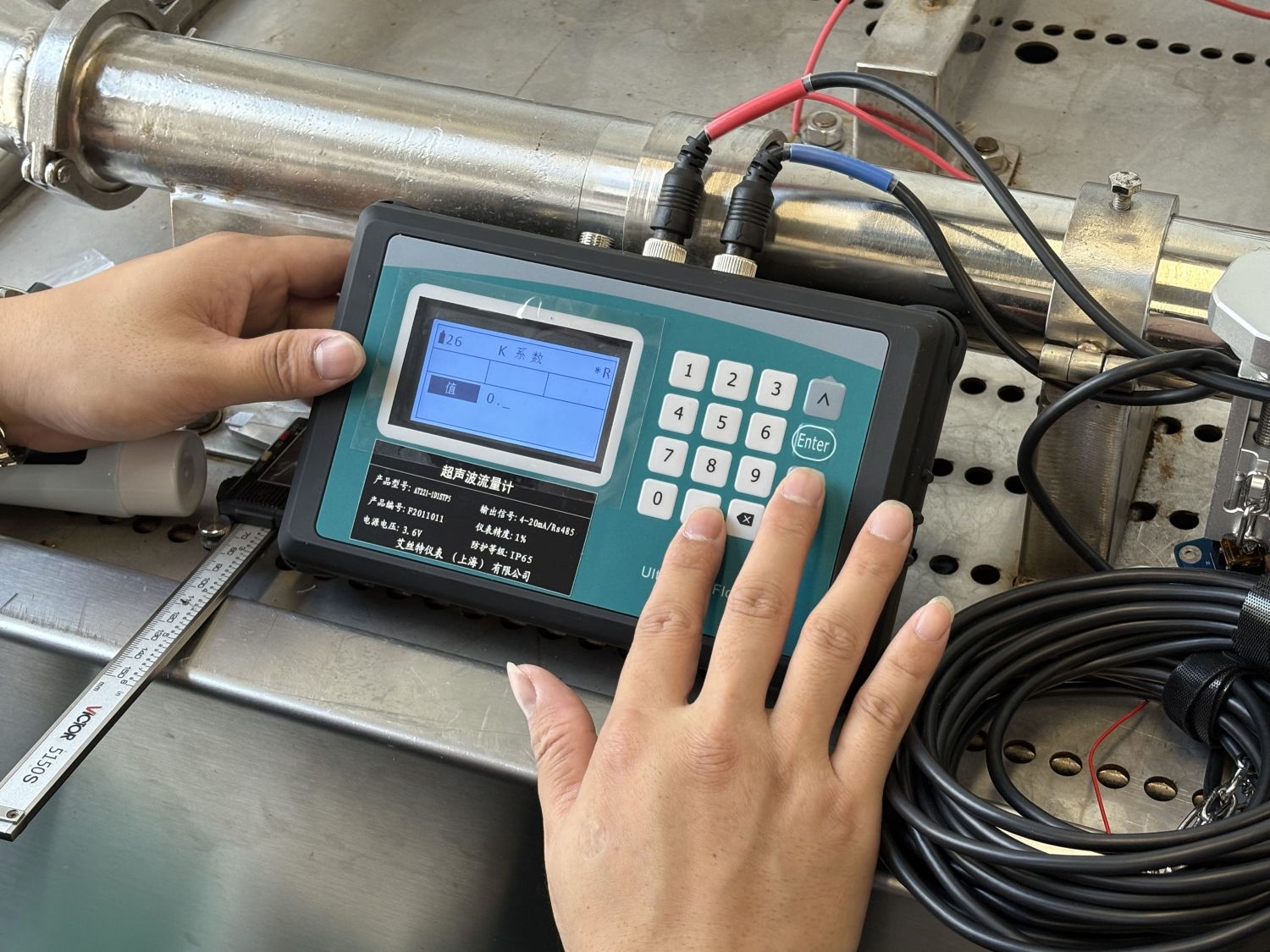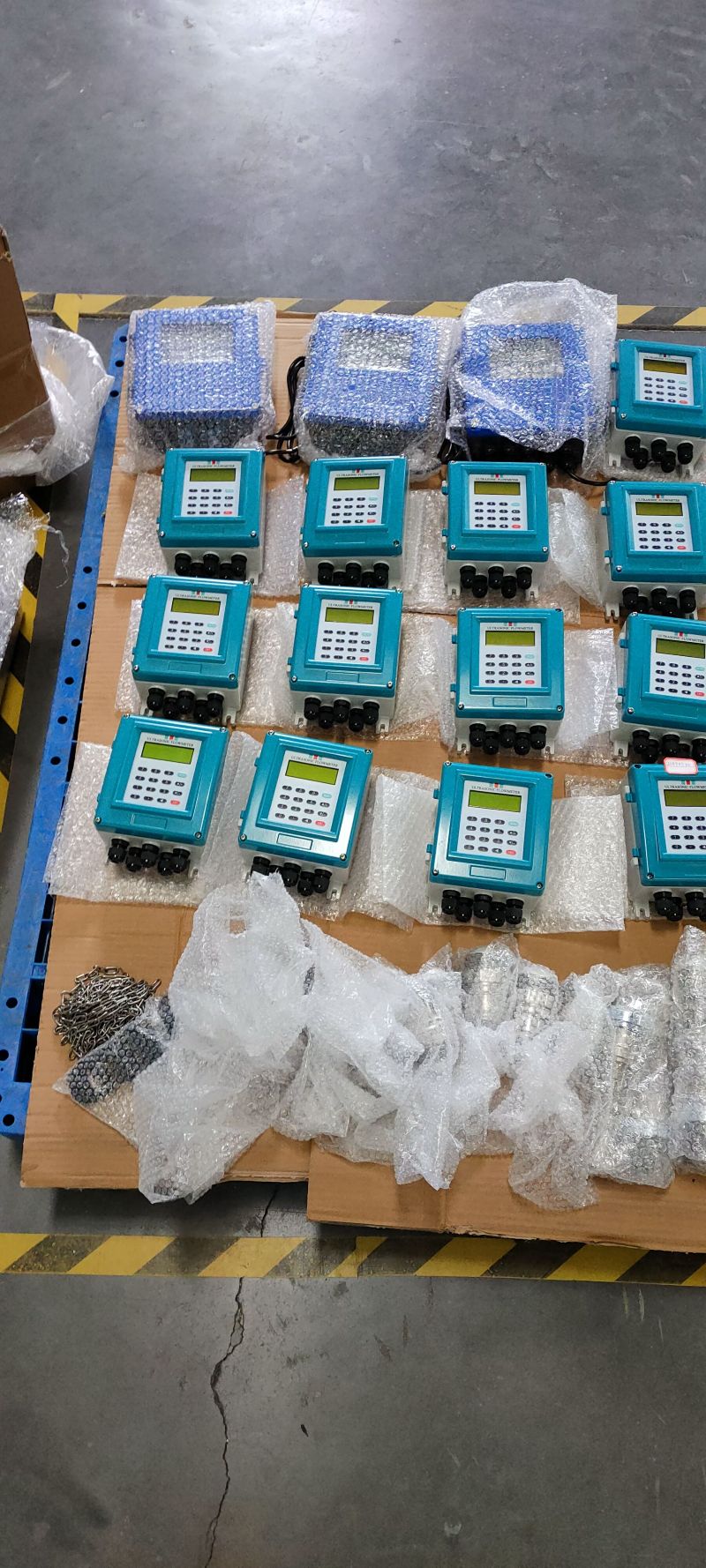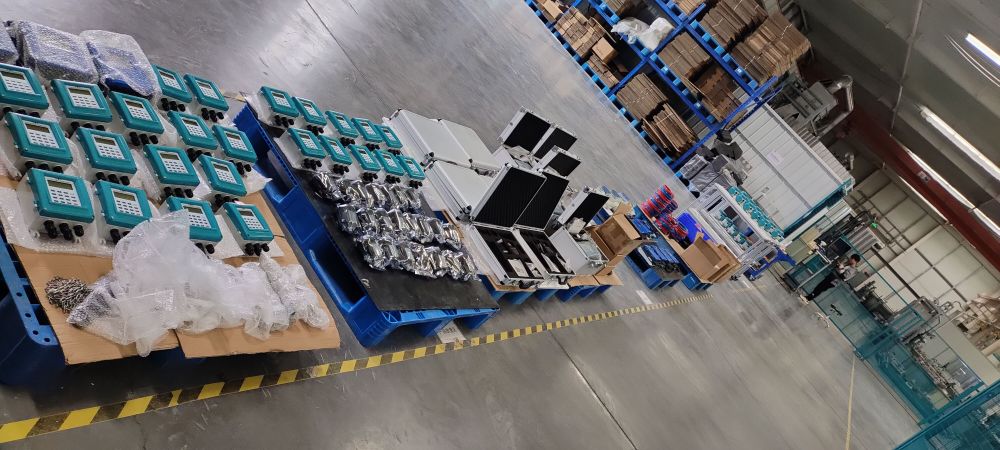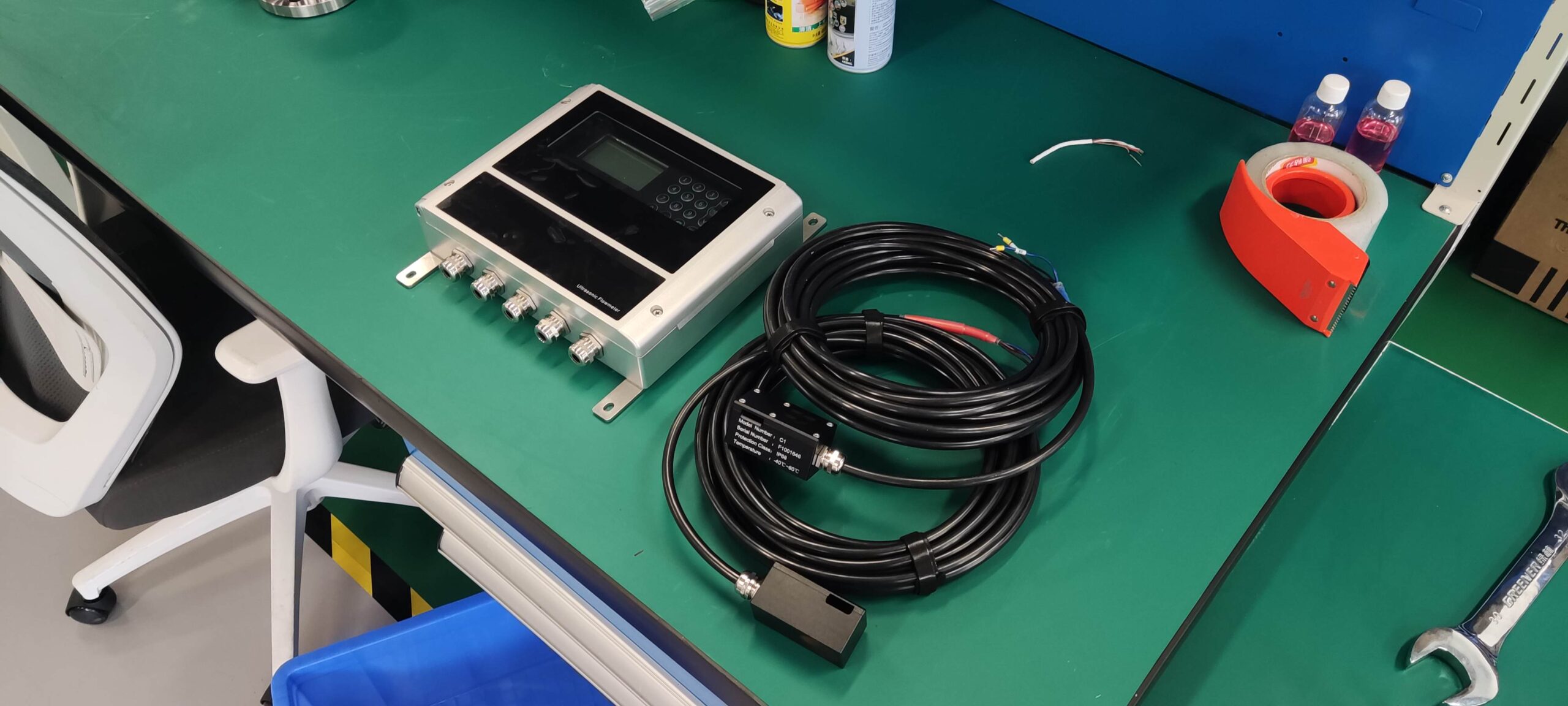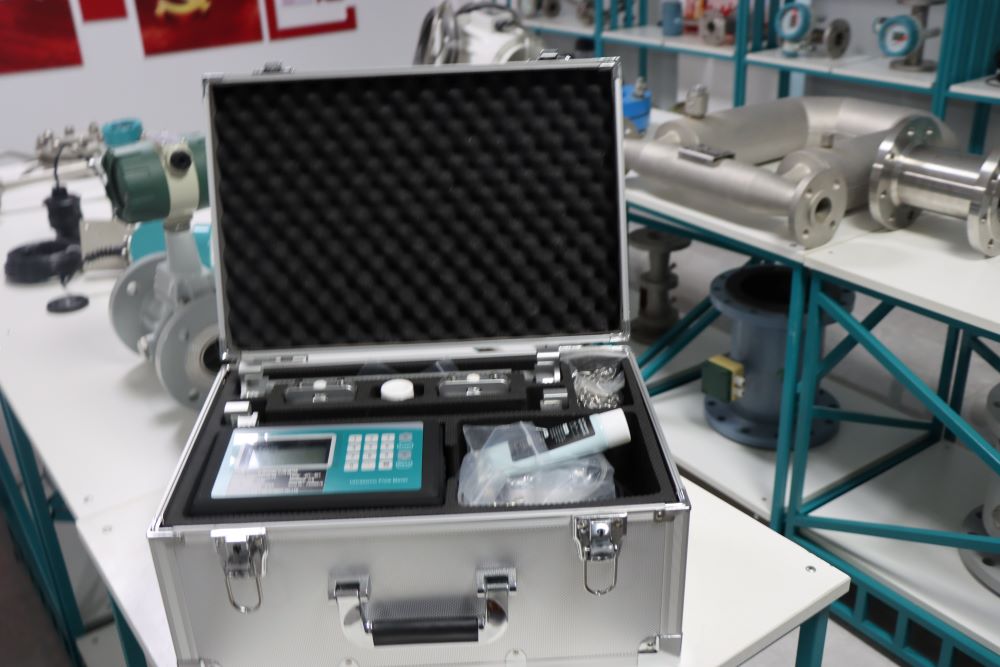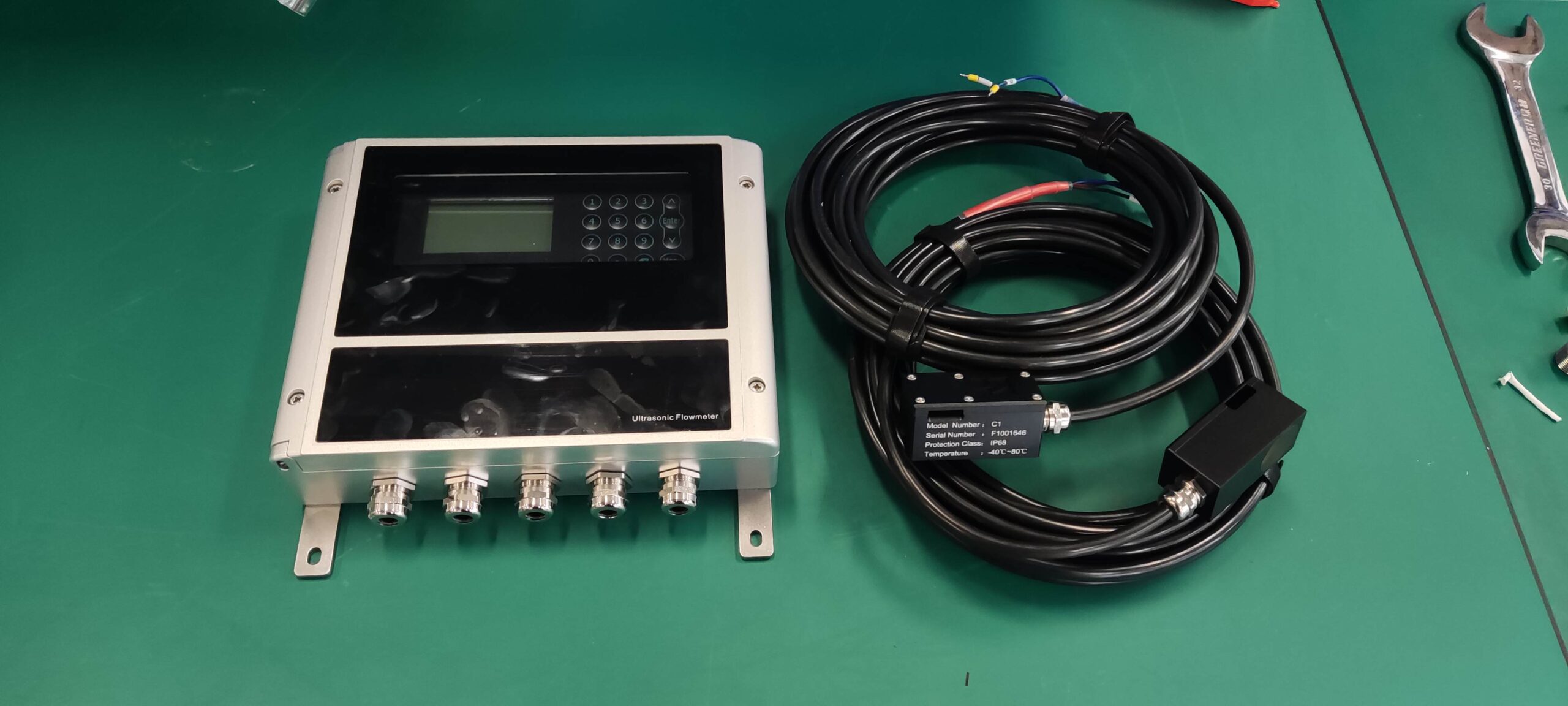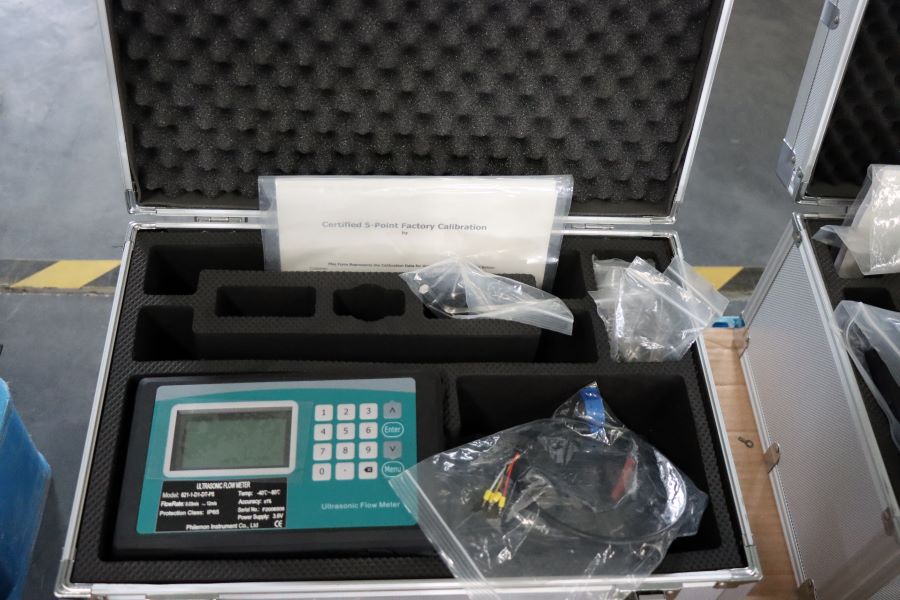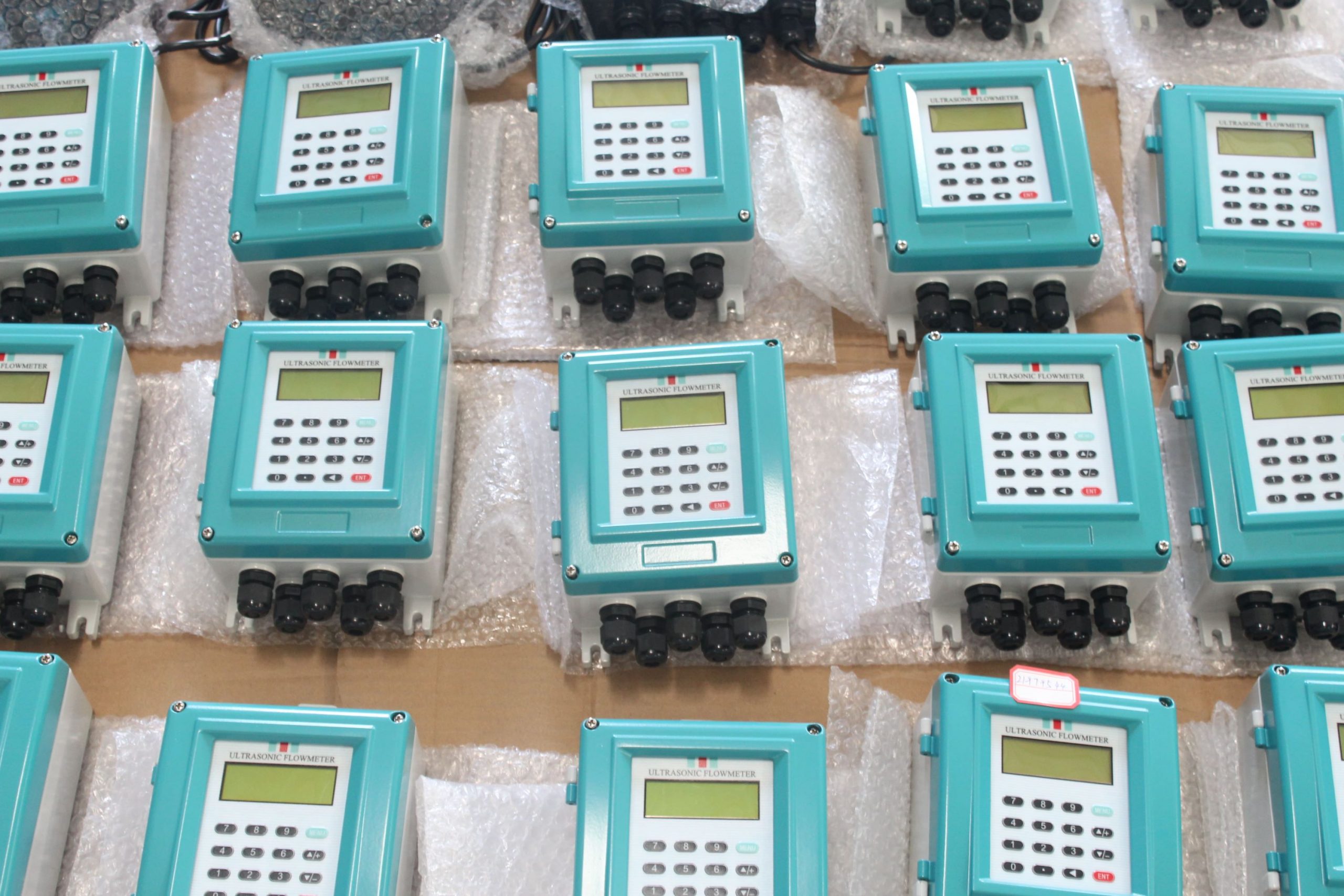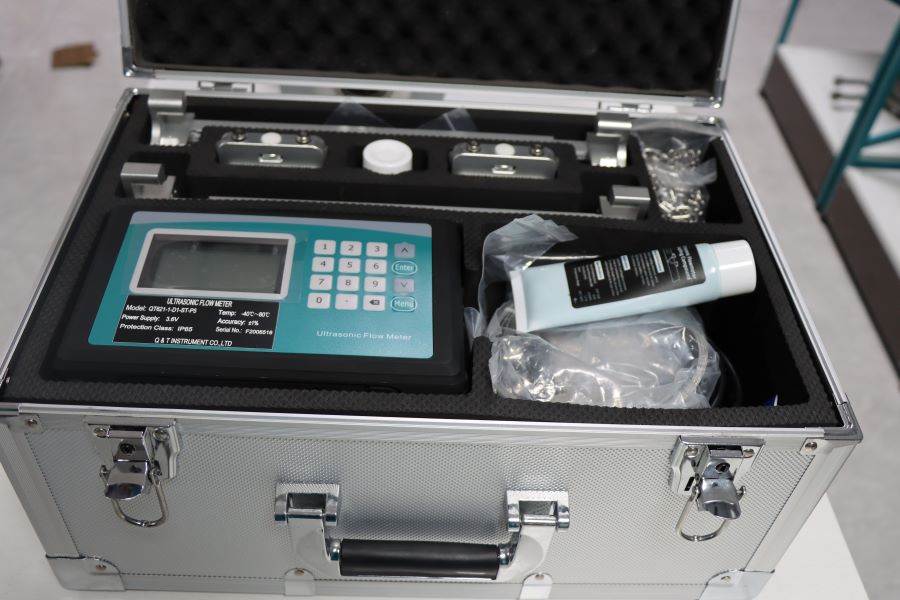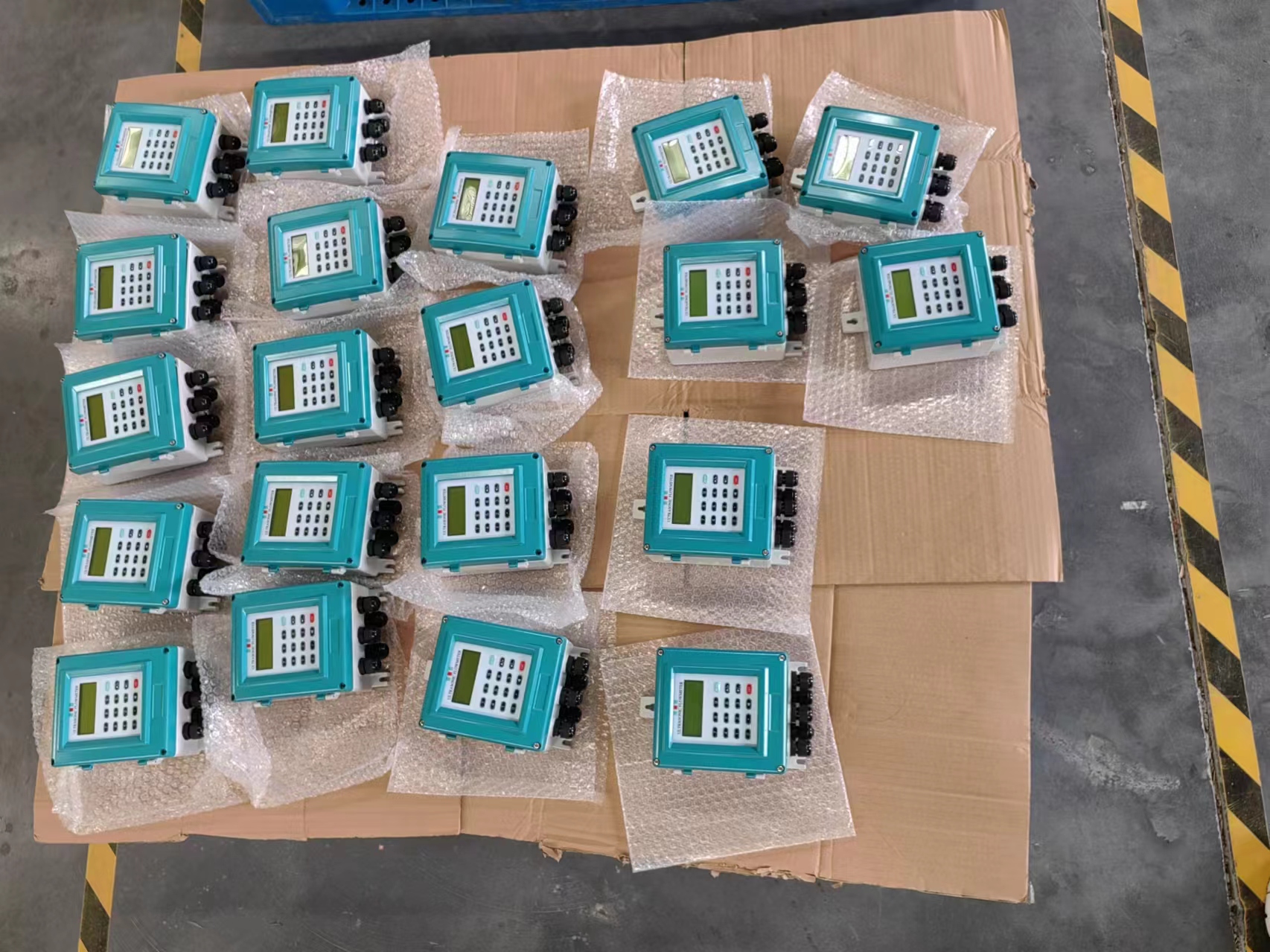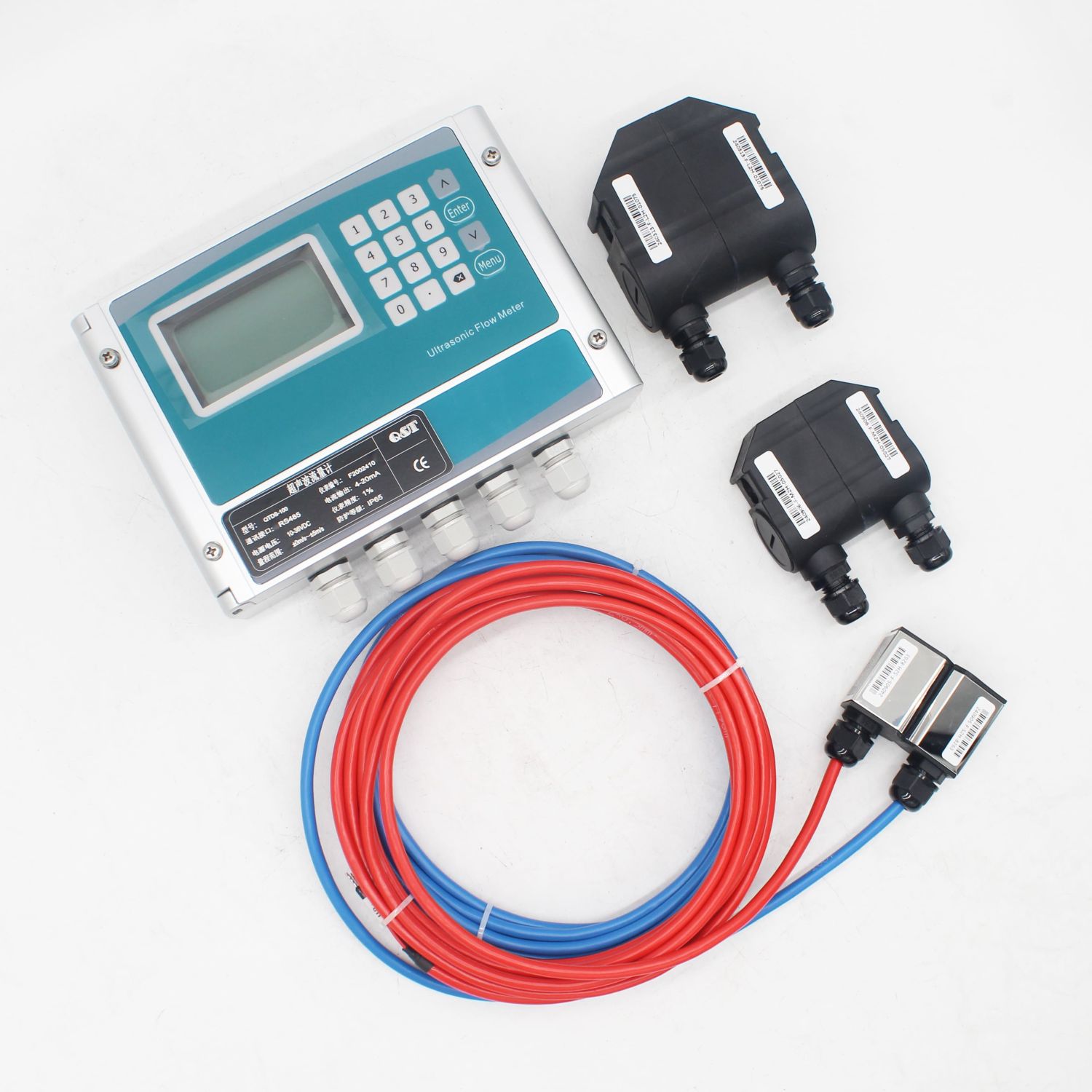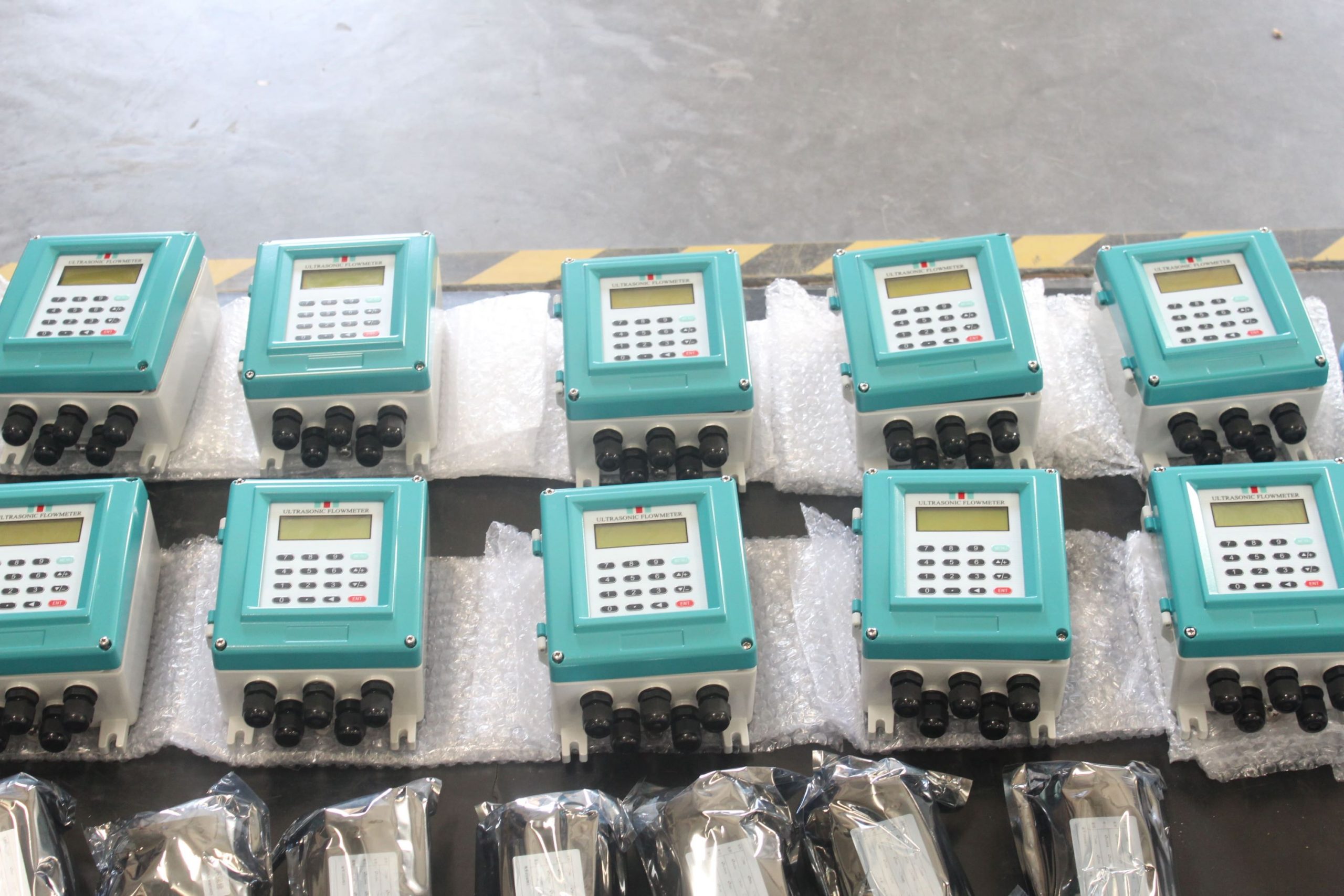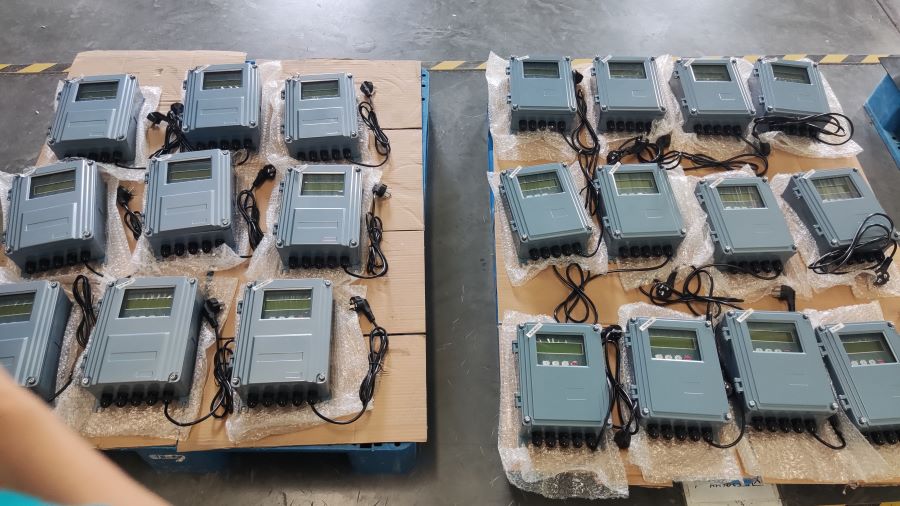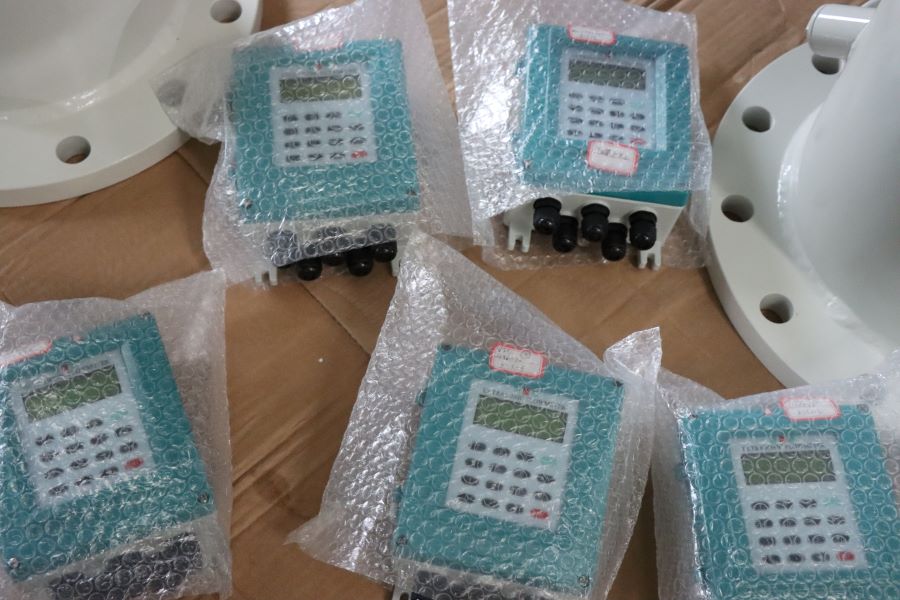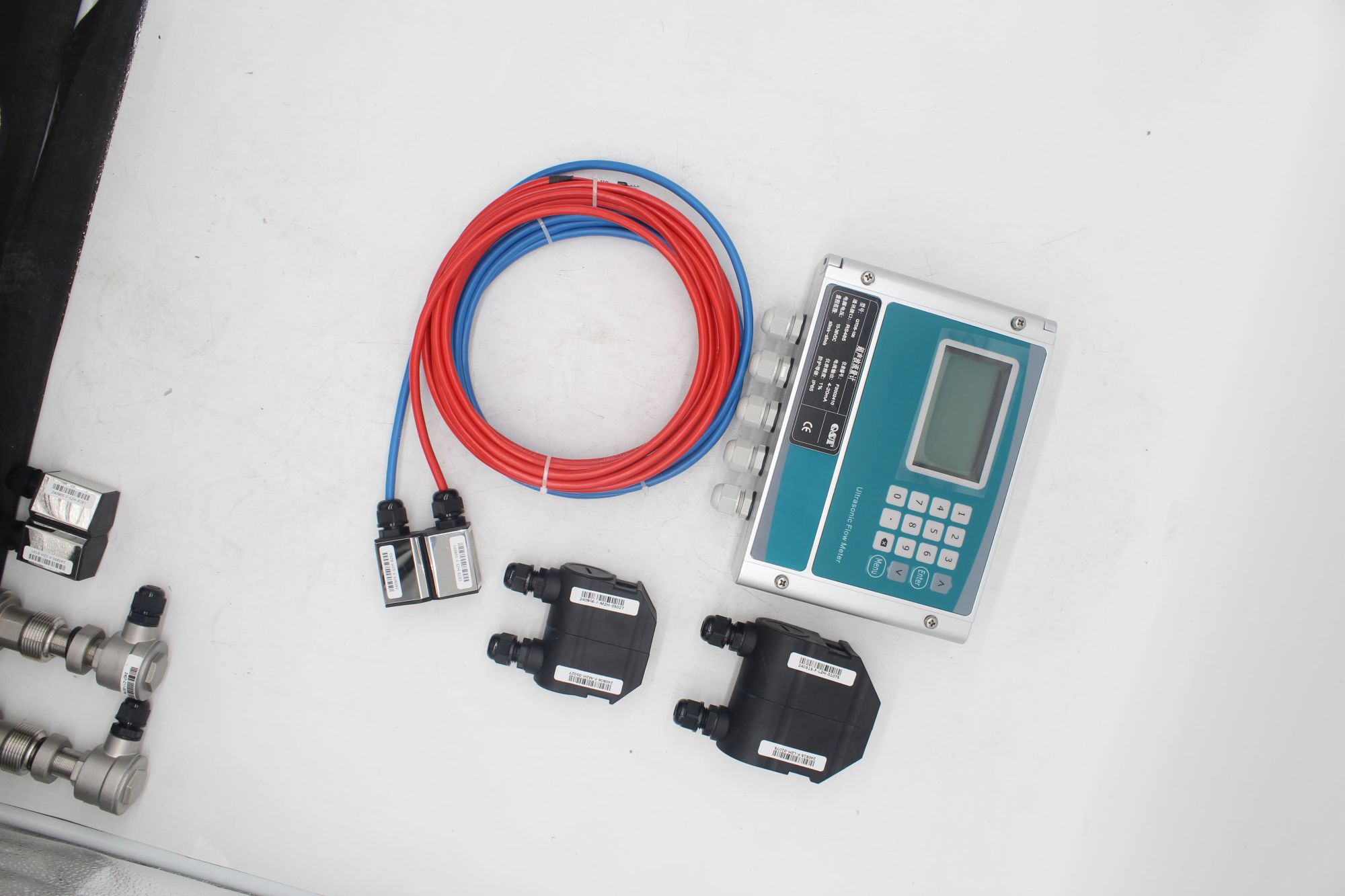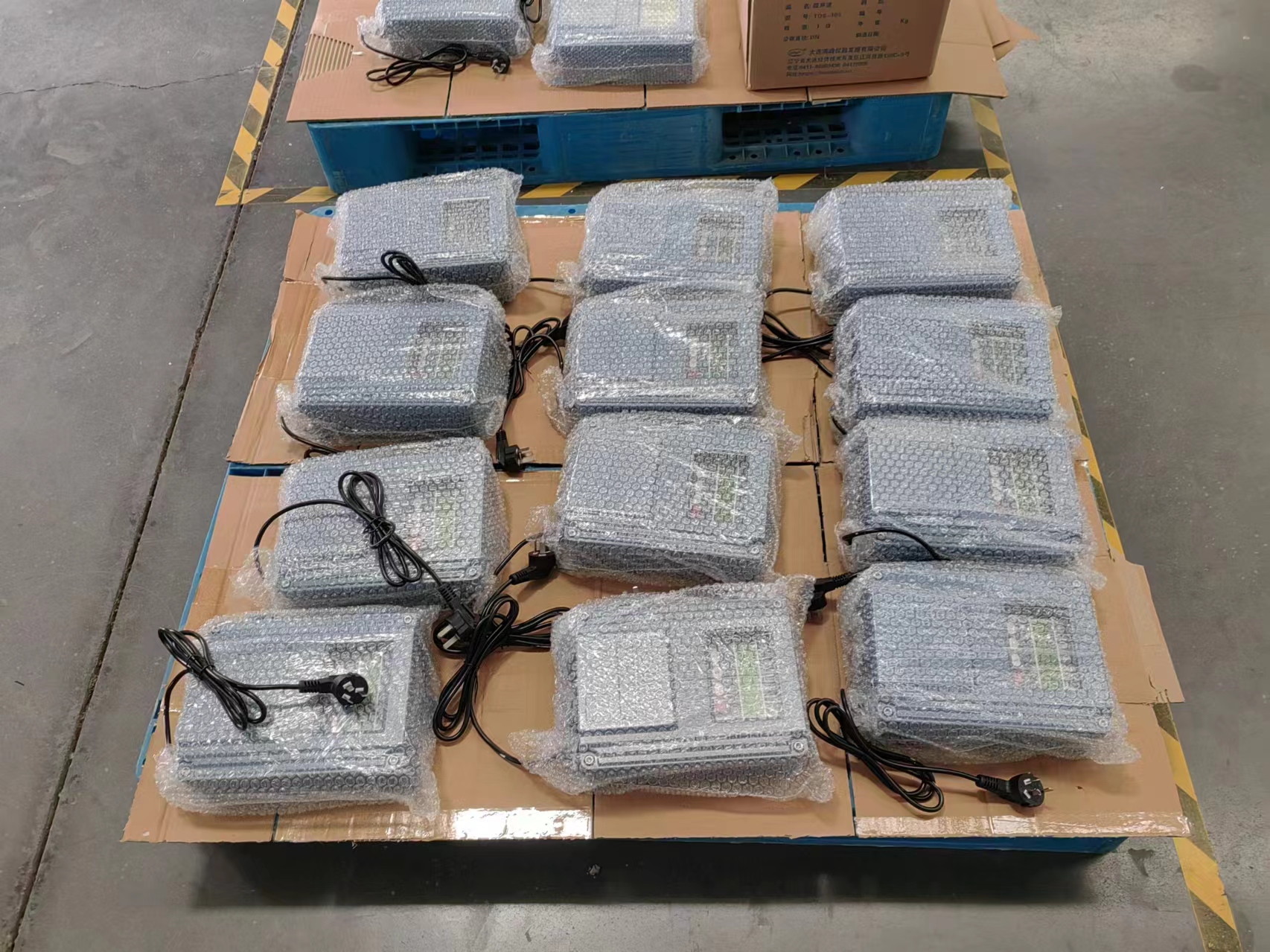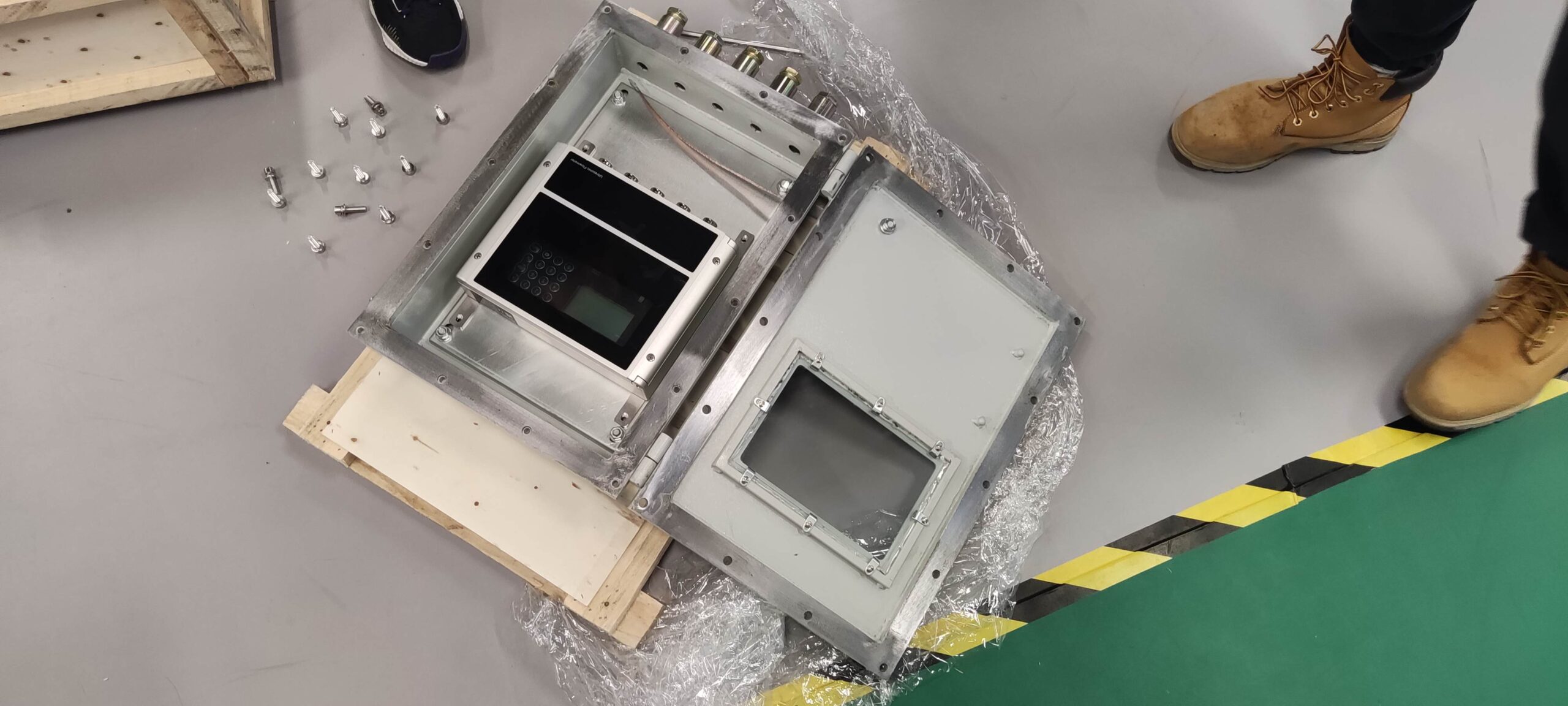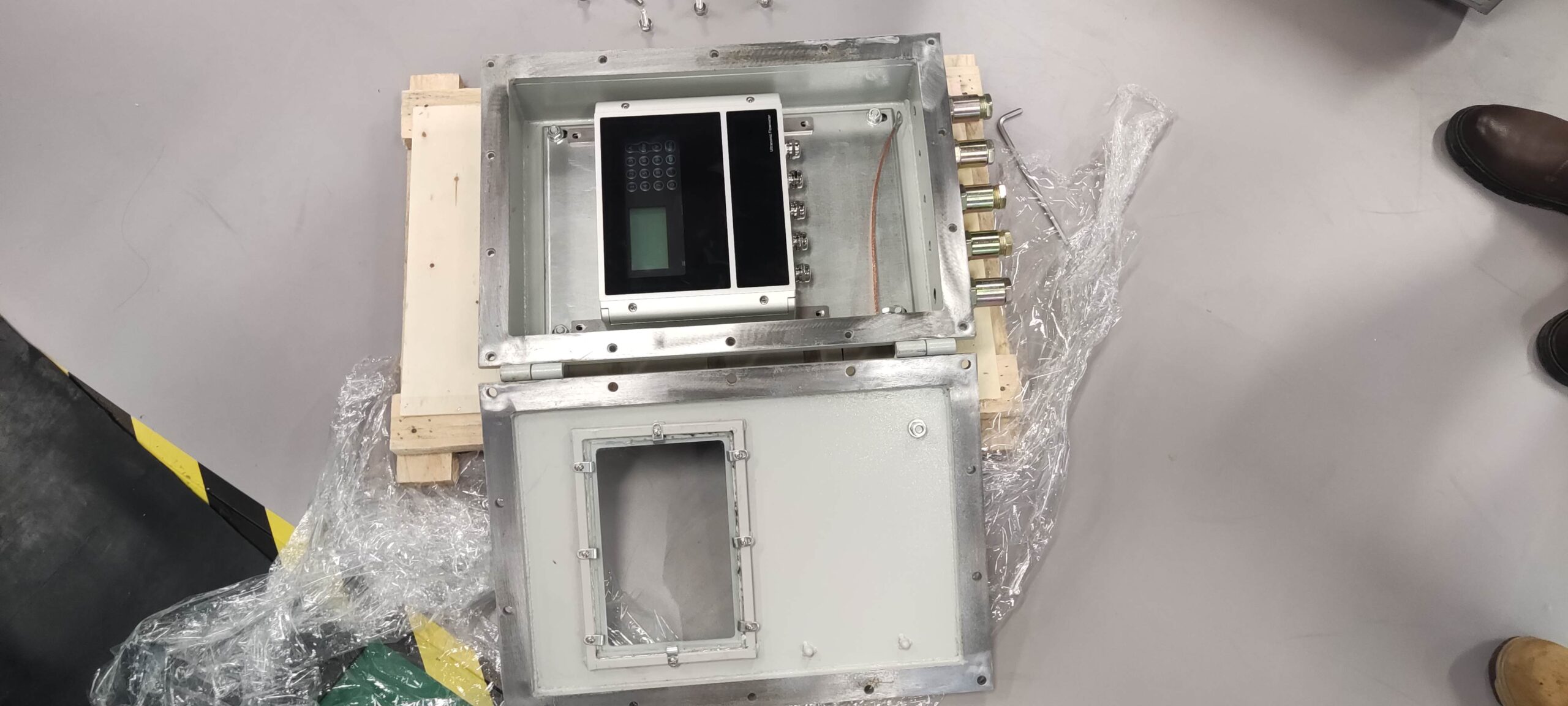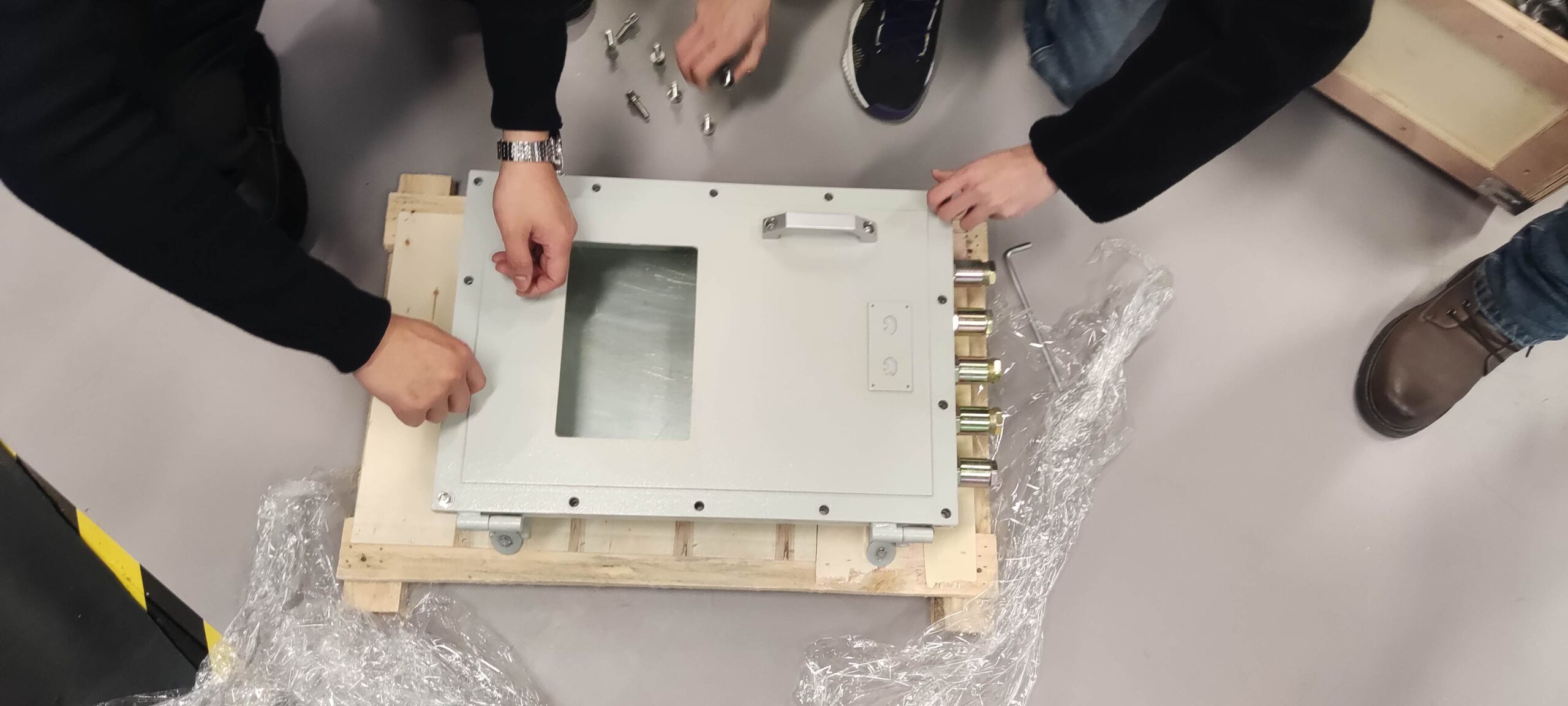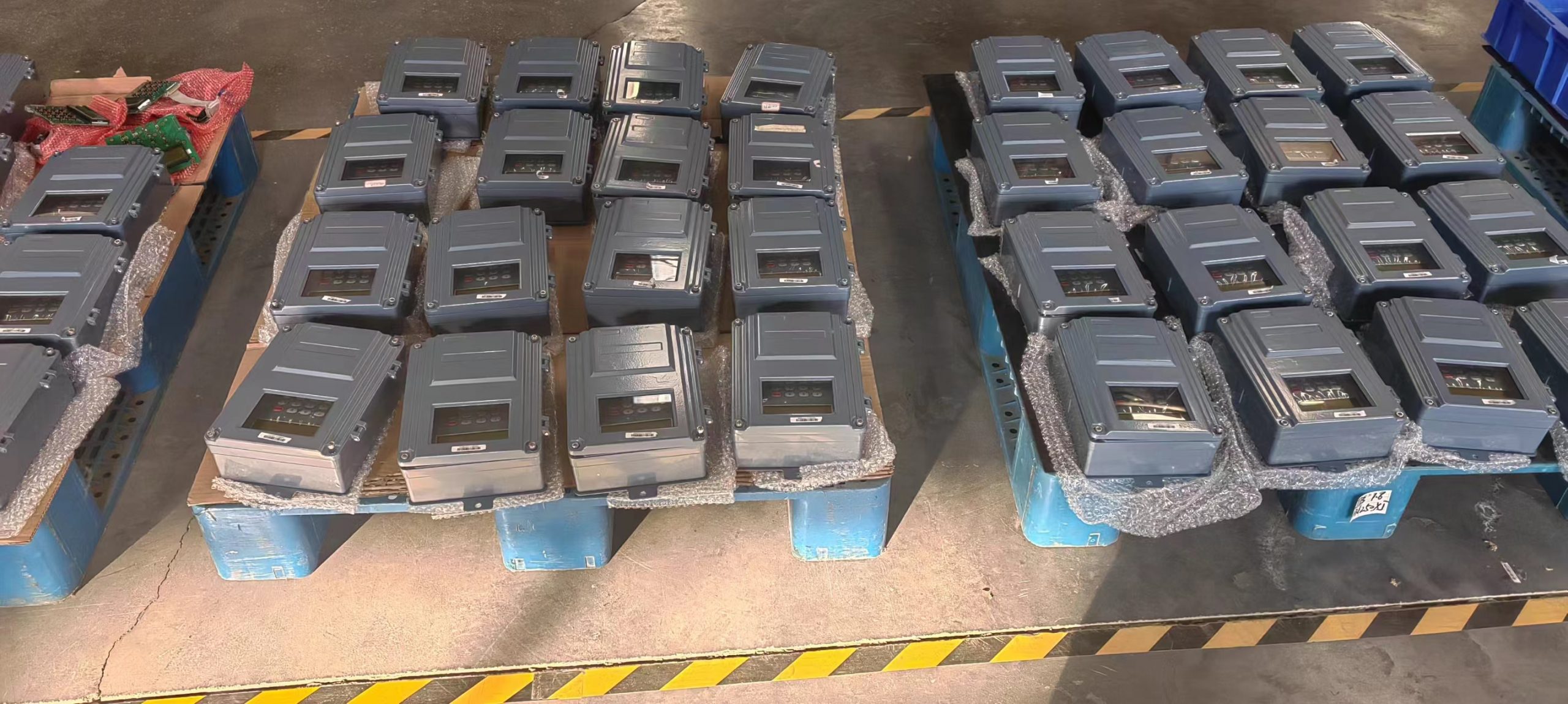Key points that cannot be ignored during the installation of ultrasonic flowmeters
When it comes to ultrasonic flowmeters, it is essential to pay attention to the adaptability and requirements of installation. The main considerations include the installation direction of the flowmeter, the flow direction of the fluid, the configuration of upstream and downstream pipelines, the position of gate valves, protective accessories, pulse flow influence, vibration, electrical influence, and the maintenance of the flowmeter, etc.
1. On-site pipelines
When laying the on-site pipeline, attention should be paid to the installation direction of the flowmeter, as the installation direction of the flowmeter is generally divided into vertical installation method and horizontal installation method, and there are differences in the flow measurement performance between these two installation methods. For instance, when liquid flows vertically downward, it exerts additional force on the flowmeter sensor, affecting the performance of the flowmeter and reducing its linearity and repeatability. The installation direction of the flowmeter also depends on the physical properties of the fluid. For instance, horizontal pipes may settle solid particles, so flowmeters measuring such conditions should be installed in vertical pipes as much as possible.
2. Direction of fluid flow
This issue is similar to the installation direction of flowmeters, as some flowmeters can only operate in one direction, and reverse flow can damage the flowmeter. When using a similar flowmeter, it should also be considered that reverse flow may occur when there is no operation. Therefore, measures need to be taken, such as installing a check valve, to ensure the safety of the flowmeter. Even for flowmeters that can be used in both directions, their forward and reverse measurement performance may vary. They should be used in accordance with the requirements specified by the manufacturer.
3. Upstream and downstream straight pipe section flowmeters upstream and downstream
As flowmeters are affected by the flow state at the pipe inlet, pipe fittings can also introduce flow disturbances. Flow disturbances generally include vortices and cross-sectional distortions of flow velocity distribution. The existence of vortices is generally caused by two or more spatial (three-dimensional) elbows. Flow velocity cross-section distortion is usually composed of local obstacles in pipe fittings (such as gate valves) or elbows. These influences must be improved by installing a moderately long upstream straight pipe section or by installing a flow regulator. In addition to the influence of the flowmeter connection accessories, the impact of the upstream pipe fitting combination may also be considered, as it may generate different disturbance sources. Therefore, we must try to increase the distance between the disturbance sources as much as possible to reduce their influence. For example, a valve that starts behind a single elbow.
The downstream flowmeter also needs a straight pipe section to reduce the influence of the downstream flow.
Volumetric flowmeters and Coriolis mass flowmeters are not affected by asymmetric flow profiles. The turbine flowmeter should minimize vortices as much as possible. Electromagnetic flowmeters and differential pressure flowmeters should be limited to a very small range.
Cavitation and condensation are caused by unreasonable pipe layout. It is necessary to prevent sudden changes in pipe diameter and direction. Poor pipeline layout can also cause pulses.

